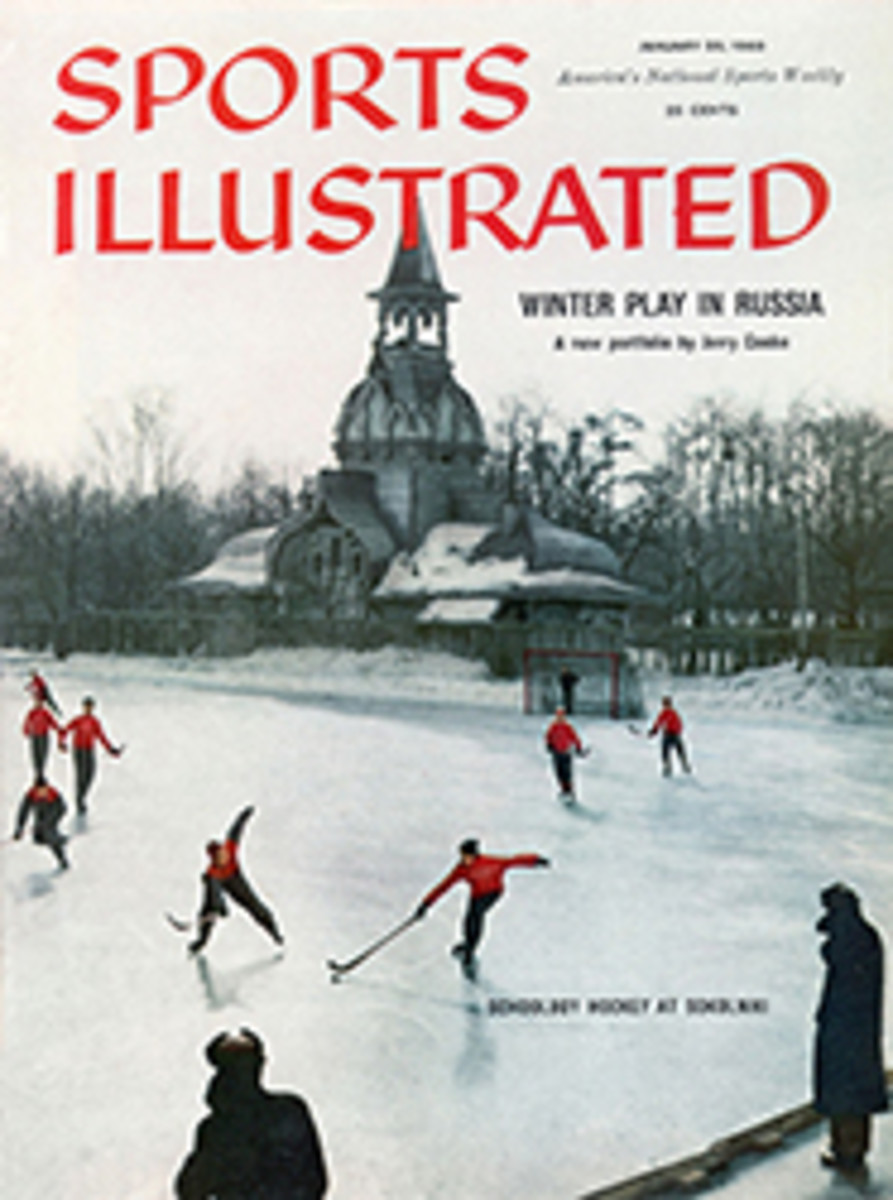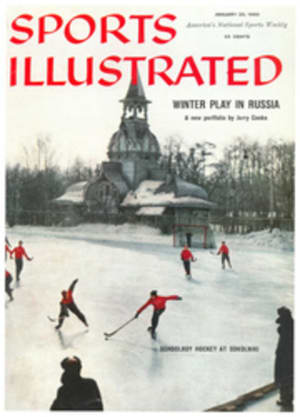
Acapulco treat
To most of the deepwater sailors bowling down the west coast of Mexico this week in the San Diego-to-Acapulco race, the Mexican gentleman on the opposite page is a happily familiar figure. Don Francisco de la Macorra, skipper of the 60-foot ketch Paisano and one of the original organizers of this famous ocean race, likes nothing better than to welcome the U.S. yachtsmen on the roof terrace of his Acapulco villa, where he posed with the makings of an exotic dish that he sometimes serves them.
Don Francisco, "Paco" to his sailing friends, was born to aristocratic Spanish parents and a Mexican paper mill fortune. His fondness for norteamericanos stems undoubtedly from his education—after a European childhood, he attended Worcester Academy in Massachusetts and MIT. After that, "I worked hard for 25 years," he says. "Now I want not to be the richest man in the graveyard." In his middle 50s today, he spends much of his time at a 400-year-old hacienda at Colima, near Manzanillo, where he devotes leisurely hours to inspecting his acres of rice, corn and sugar cane. "I like to ride horseback there," he told me, "and I feel very Spanish."
During eight months of the year Macorra makes frequent cruises along Mexico's wild Pacific shoreline in the sturdy Paisano. During the four hurricane months, he enjoys every possible day of sailing in the vicinity of his home port—usually with guests aboard. More than a few stateside yachtsmen have reason to cherish the memory of Paco, attired in an antique striped Mack Sennett bathing suit, convoying a boatload of congenial gringos, together with four or five guitar players, to a picnic at some hidden cove unknown to the usual Acapulco visitor.
Macorra is not only a longtime booster of inter-American sailing but has worked strenuously to advance other sports in his native country as well. He helped introduce water-skiing in Mexico, brought in the first paddle board from Hawaii to Acapulco and served as president of the first softball league in Mexico City. A gifted athlete, he was at one time the Mexican national badminton champion, swam expertly, played good golf, tennis and squash. "Now," he says, "I just have fun on the Paisano."
Part of the fun, to Paco, is in serving wonderful meals to his guests. As a piquant introduction to a lunch or dinner, he nearly always takes aboard ceviche, a dish found in many countries of Latin America and consisting of fresh fish (Macorra uses a species called sierra) which is "cooked" by being marinated in lime juice and then highly spiced. Like many similar Japanese and Tahitian fish dishes, it has no more of a raw taste than do anchovies.
There are numerous versions of ceviche, which can be made with any mild-flavored fish having white meat (not an oily fish). It is also a delectable way to prepare shrimp. I have tried Paco's recipe successfully in New York with fillets of gray sole.
CEVICHE (serves six to eight)
1½ pounds fillets of a bland white-meated fish
Juice of 9 limes
1 large onion, minced extremely fine
16 green Spanish olives, pits removed
2 tablespoons liquor from the jar of olives
3 medium tomatoes, peeled and minced fine, with juice (if tomatoes are not summer-ripe you will need to add a cup or more of canned tomato juice)
¾ cup tomato ketchup, preferably the Mexican kind
Scant half cup of olive oil
1 teaspoon of chopped fresh or crumbled dry orégano (or marjoram)
About 2 teaspoons salt
Mexican salsa picante or Tabasco sauce to taste (about 5 dashes)
Cut fish fillets in cubes or squares the size of small scallops. Soak them in lime juice for 1½ hours. Throw into a sieve and rinse well under cold water. Mix with other ingredients, seasoning to taste. Chill. Serve with toasted tortillas and, if you wish, green chiles jalape√±os, to be bought in cans, the juice hot as fire. Ice-cold Mexican beer can assuage the fire of the peppers and will prove a most rewarding beverage with such Mexican food.
(Note: Tortillas, either fresh or in cans, chilis and a variety of Mexican sauces are available by mail from Casa Moneo, 218 West 14 Street, New York 11, N.Y.)
PHOTO
N. R. FARBMAN—LIFE
ON ROOFTOP TERRACE of his Acapulco house, Don Francisco de la Macorra displays large fish called sierra and other ingredients of ceviche laid out on tropical leaves. Moored in the bay, partially hidden by palm tree, is his 60-foot ketch Paisano.

